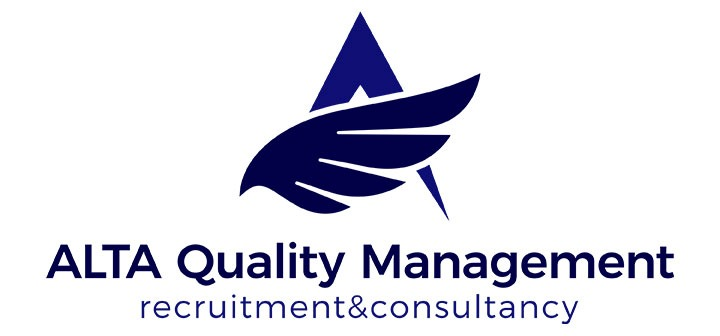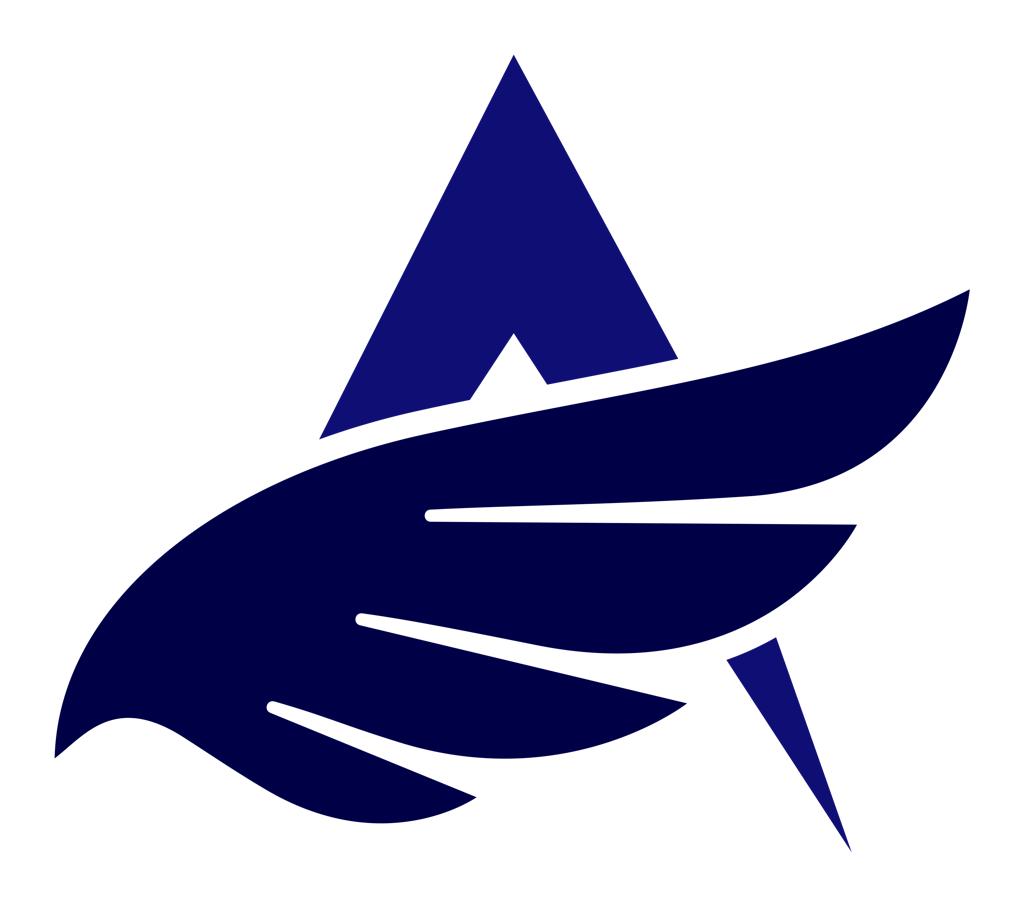
Echt Belgisch Rijbewijs Kopen
Add a review FollowOverview
-
Founded Date 3 november 2018
-
Posted Jobs 0
-
Viewed 4
Company Description
Belgium Driving License Test Tips From The Best In The Business
Navigating the Belgium Driving License Test: A Comprehensive Guide
The driving license test in Belgium can be a complicated process for lots of hopeful drivers. With particular requirements and a structured assessment system, understanding the ins and outs of getting a driving license in this European nation is essential. This post intends to offer important insights into the driving license process in Belgium, consisting of comprehensive actions, practical suggestions, and an FAQ section to deal with common concerns.
Overview of the Belgian Driving License System
Belgium uses a systematic method to driving licenses, which guarantees that all drivers have a fundamental understanding of road security and guidelines. The driving license is divided into numerous categories based on the type of automobile, such as cars and trucks, bikes, and trucks.
Table 1: Driving License Categories in Belgium
| License Category | Car Type | Minimum Age | Needed Tests |
|---|---|---|---|
| B | Vehicles (approximately 3.5 loads) | 18 years | Theoretical + Practical |
| A1 | Bikes (up to 125cc) | 18 years | Theoretical + Practical |
| A | Motorcycles (unlimited) | 24 years | Theoretical + Practical |
| C | Trucks (over 3.5 heaps) | 21 years | Theoretical + Practical |
| D | Buses | 24 years | Theoretical + Practical |
Actions to Obtain a Driving License in Belgium
Getting a driving license in Belgium includes a series of actions that applicants need to follow to ensure they meet all legal requirements. Below is an overview of the process.
Action 1: Obtain a Learner’s Permit
Before taking the driving tests, potential drivers should initially obtain a learner’s permit (momentary license). This permit allows the specific to practice under particular conditions, usually needing the guidance of a certified driver.

Requirements:
- Must be the appropriate age for the preferred category.
- Completed a preliminary medical exam (if required).
- Passed a theoretical understanding test.
Step 2: Prepare for the Theoretical Test
The theoretical test makes up different questions on road indications, traffic rules, and safe driving practices. There are resources readily available, such as textbooks and online tests, to help in preparation.
Tips for Success:
- Study the main Belgian roadway code and driving manual.
- Utilize apps and online resources for practice tests.
- Sign up with a driving school for extra assistance.
Action 3: Take the Theoretical Test
As soon as prepared, candidates can sign up for the theoretical test at their regional driving evaluation center. The test usually includes multiple-choice concerns. A passing rating is needed to continue.
Secret Points:
- The test is typically readily available in numerous languages.
- An identification file is needed on the test day.
- The passing score is typically around 41 out of 50.
Step 4: Practical Driving Lessons
After passing the theoretical test, prospects can start useful driving lessons. While not obligatory, taking expert lessons is extremely suggested for safety and confidence.
Step 5: Schedule the Practical Exam
As soon as the student feels all set, they can book their practical driving exam. This exam evaluates driving abilities in real traffic conditions, including parking, maneuvers, and adherence to traffic rules.
Step 6: Pass the Practical Test
On the day of the test, candidates need to demonstrate their driving abilities effectively. The dry run normally lasts around 30 minutes and consists of numerous obstacles.
Evaluation Criteria:
- Traffic policies compliance
- Maneuvering abilities
- Safety awareness
- Highway driving capability (if appropriate)
Step 7: Obtain the Driving License
After effectively completing both tests, candidates will receive a driving license. It might go through a probationary duration (normally 2 years for classification B), throughout which specific limitations might apply.
Crucial Considerations
-
Language: Make sure to inspect which languages the tests are provided in to select the one you are most comfy with.
-
Extra Costs: The overall cost might vary depending on whether a driving school is used, costs for tests, and other expenditures associated with learning materials.
-
Momentary License Validity: After getting a passing score in useful exams, the temporary license will be provided before the formal license is received by mail, which typically takes a couple of weeks.
Often Asked Questions (FAQ)
1. The number of times can I retake the exams if I fail?
A: There is no limit to the number of efforts; however, it is suggested to wait a minimum of one week before retaking either test.
2. Can I take the theoretical test in English?
A: Yes, the theoretical test is offered in numerous languages, including English, depending on the place of the screening center.
3. What is the driving age in Belgium?
A: The minimum age to obtain a driving license for classification B (car) is 18 years, while motorbikes and other vehicle categories have varying age requirements.
4. For how long is the learner’s permit valid?
A: The learner’s permit is normally legitimate for 18 months. It is necessary to pass the practical test within this timeframe.
5. Is it obligatory to use a driving school?
A: No, Echt Belgisch Rijbewijs Kopen it is not obligatory, however it is highly advised for beginners.
Getting a driving license in Belgium includes numerous necessary actions that need preparation and commitment. By understanding the process and properly preparing, prospective drivers can browse the complexities of the Belgian roadway system effectively. Whether you go with professional lessons or choose to find out independently, making sure road safety and compliance with traffic policies stays paramount. With the ideal approach and preparation, passing the driving license tests in Belgium can be a satisfying experience, leading the way for independent travel and experience on Belgium’s diverse highways.

